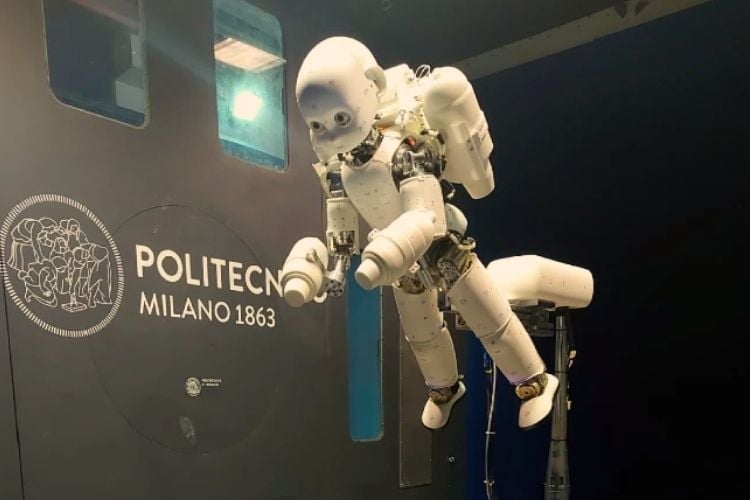
A jet-powered humanoid robot named iRonCub3 just took its first flight. This robot, developed by the Italian Institute of Technology (IIT) in Genoa, lifted about 50 cm (1.5 feet) off the ground while maintaining stability. It has four engines, two on the arms and two on a jetpack on its back. This development follows years of research and testing that include real-world flight tests and simulations. The iRonCub3 is based on the humanoid robot model called iCub3.
It's built through the collaboration of various areas of study, including aerodynamics, thermodynamics, multibody dynamics, and real-time control. The robot's engine provides over 1000 newtons (N) of thrust, allowing it to hover at a controllable capacity even in windy or unpredictable conditions. It has a titanium spine and covers that can withstand exhaust temperatures up to 800°C. Neural networks trained on both simulations and experimental data control their movements.
iRonCub3, being humanoid as opposed to a symmetric drone, was problematic in areas of flight balance and control. Researchers used wind tunnel testing, CFD (Computational Fluid Dynamics) simulations, and deep learning to model and control flight. The robot’s body structure and flight control strategy were optimized together in a co-design process. The robot is built to work in extreme conditions, potentially having applications in search and rescue, hazardous site inspection, and exploration.

